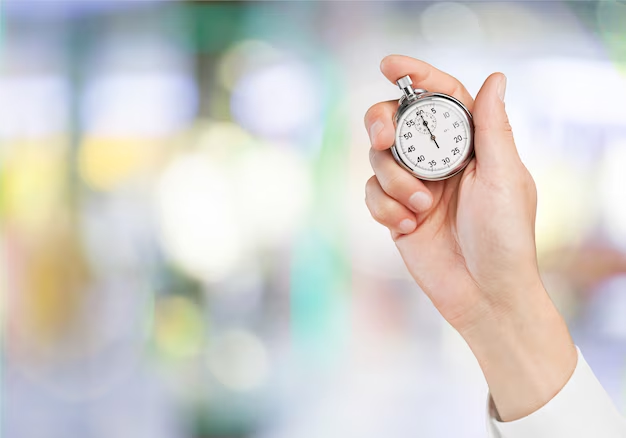How Many Years Does It Take To Become A Pharmacist?
Embarking on the path to becoming a pharmacist is an exciting journey that blends science, healthcare, and interaction. To practice as a pharmacist in the United States, aspiring candidates typically take about six to eight years from the start of their education. The foundational step is earning a Doctor of Pharmacy degree (Pharm.D.), a professional degree necessary for licensure. Before enrolling in a Pharm.D. program, students often complete two to four years of undergraduate study, focusing on courses like chemistry, biology, and anatomy. After securing a spot in a pharmacy school, the Pharm.D. typically spans four years, balancing classroom instruction with hands-on clinical experience. Upon graduation, candidates must pass two critical examinations: the North American Pharmacist Licensure Exam (NAPLEX) and the Multistate Pharmacy Jurisprudence Exam (MPJE). Mastery of these tests ensures that pharmacists meet high standards of patient care and ethical practice. Some pharmacists may further enhance their expertise by pursuing additional certifications in specific fields, opening avenues for specialization.
Pathway to Becoming a Pharmacist:
- 🎓 Undergraduate Education: 2–4 years (focus on sciences)
- 💊 Doctor of Pharmacy (Pharm.D.): 4 years (accredited pharmacy school)
- 📝 Licensure Exams:
- ✅ North American Pharmacist Licensure Exam (NAPLEX)
- 📜 Multistate Pharmacy Jurisprudence Exam (MPJE)
- 🏅 Optional Certifications:
- 🧪 Specialized fields (oncology, pediatrics, etc.)
This structured pathway underscores the commitment and learning required, guiding potential pharmacists in achieving their career aspirations through esteemed educational institutions.
